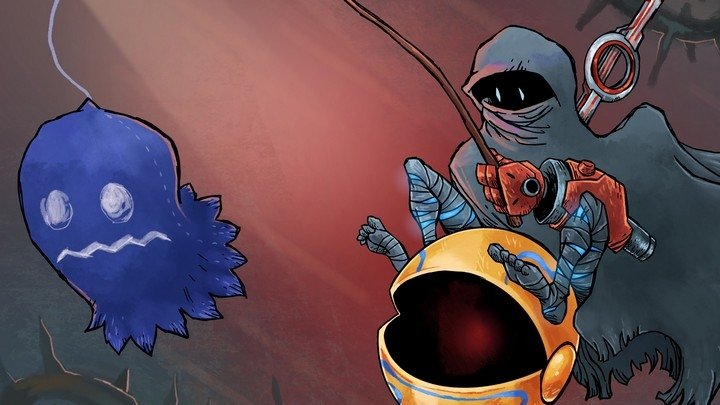Secret mysteries of Japanese game design — revealed!
And by a Game Boy game you've never heard of, at that.
This week's episode of Game Boy Works concerns another one of those import games you'd never bother to give a second glance… unless, of course, you were a deeply unwell person who has decided his life's calling is to catalog the complete Game Boy library in chronological order. Ahem.
Despite its appealing, colorful box art, I'd never heard of Soreyuke! Amida-kun before I began working on this episode… but as soon as I launched the game, I knew something weird was up. The game mechanics here were almost, verbatim, a duplicate of the bonus rounds from Konami's extremely similarly named arcade game Amidar. Was this some sort of ripoff? A giant fake? A bootleg sitting in plain sight?
As it turns out… no. Amida-kun and Amidar get their names from the same source: A traditional Japanese lottery game called amidakuji, which works exactly like Amida-kun and the bonus round in Amidar. Huh. A thing like that.
Knowing about amidakuji explains a lot, because this forced-ladder-descent concept shows up in a lot of Japanese video games. Remember the spider boss from Mega Man X? Or the bonus stages in Super Mario Land? And many more? They all hail from the same origin point: Amidakuji. And this is one of the few video games I know of that straight-up makes amidakuji the entirety of the game rather than a bonus round. It's actually a pretty fun little game, worth checking out if you happen to find it for a few bucks sitting in a pile of unwanted and unloved import Game Boy carts at a games convention sometime. I wouldn't go out of my way to track it down, but you could certainly find much worse things to put into your Game Boy's cart slot.




